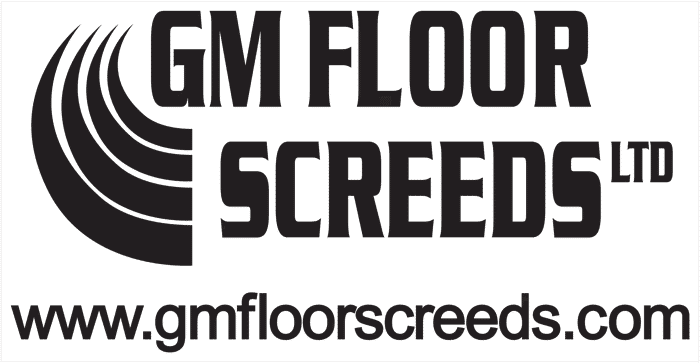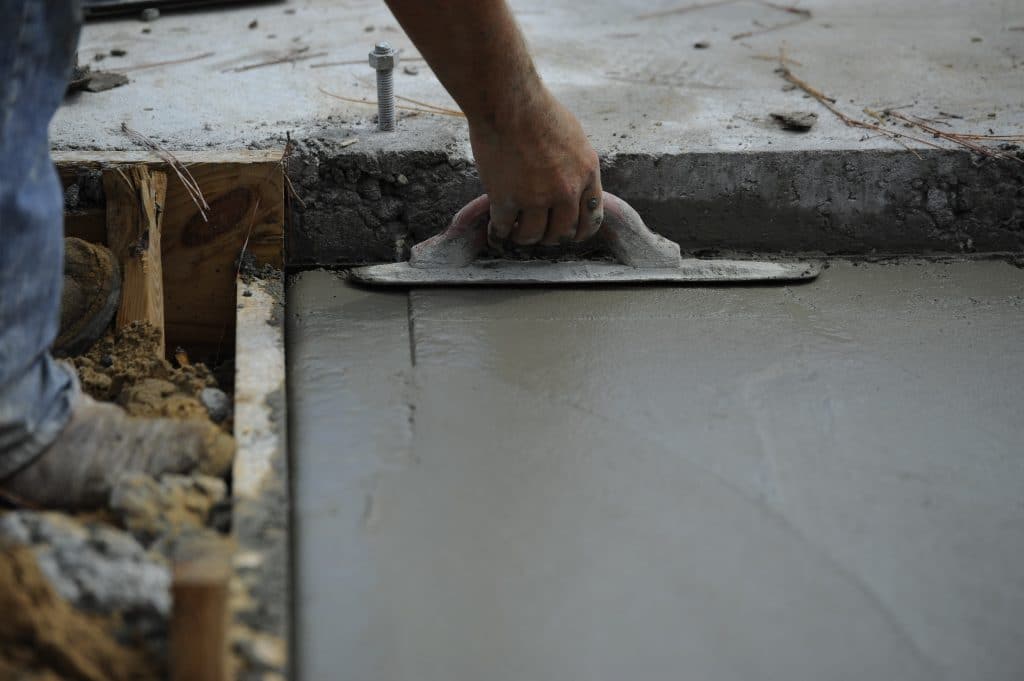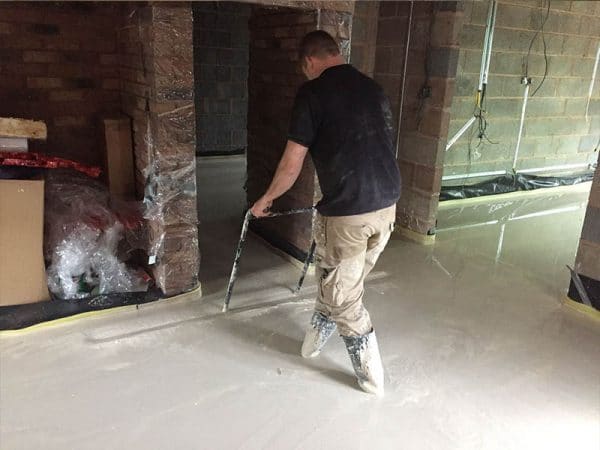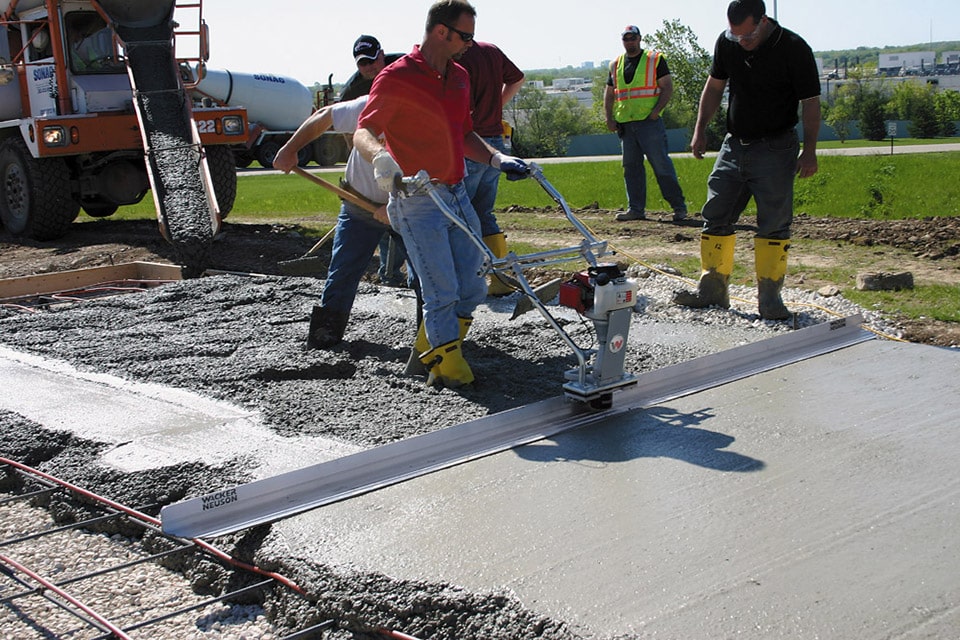Floor Screeding FAQ's
Answering All Floor Screeding Frequently Asked Questions
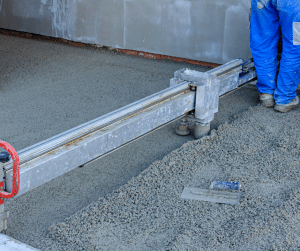
To make a screed a specialised type of concrete is used and then poured onto a concrete floor base. This is done to create a level surface which is smooth and ready to be covered with carpet, tiles and other flooring materials.
A screeds main purpose is to level out a concrete base which is unlevel and rough. By screeding over this kind of surface, it allows a smooth and level floor to be made and therefore creates a surface ready for carpet and other floorings to be applied.
Floor screeds can be used as the final flooring for space. Many people choose to cover their screeds with different flooring types, however, in commercial and industrial environments it increases cost-effectivity to leave the screed as it is. As well as this, some homeowners are now hopping on the minimalistic design trend and leaving the screed exposed in order to make it a feature in their room.
If your floor is already in good condition a screed should have no problem making it level. However, if a floor is very uneven it is best to start from the beginning with the project and take the whole surface up.
Depending on the type of screed you choose or require will determine its drying time. Most screeds are normally adequate to walk on after 48 hours at most however some can be walked on within a day and with added additives can be walked on after 12 hours.
It is recommended to leave a screed 28 days before placing furniture on it, however, flooring and some furniture can be placed on the screed after 7 days if completely necessary.
Yes, screeds can be applied over under floor heating. The screed used to cover under floor heating is much like a floating screed but is laid over the heating pipes instead of using an insulating material.
Yes, it is important and beneficial to screed over your underfloor heating. Not only does the screed protect your under-flooring heating pipes but also helps prolong the heating effects due to the screed retaining the warmth.
Some screeds can have sound proofing properties incorporated with them to increase acoustic insulation.
There is a type of floor screed for essentially any property. Whether you want to screed your commercial, domestic or industrial property there is a screed that can be applied. This is because screeds can be adapted to suit the environment they will be in, i.e. screeds can be made to withstand more heavy duty loads if required.
Making you screed last is important, especially in commercial and industrial premises. Some old and worn floors can have debris that can affect the profile of your screed and therefore adequately preparing your floor before the screed can increase its longevity and durability of your new screed.
There are many ways to prepare a floor for screeding. This includes:
- Crack and joint repairs
- Diamond grinding
- Scarifying
- Shot blasting
A screed level survey is a procedure our floor screeding contractors carry out at GM Floor Screeds that allows us to observe the insulation values of your flooring and in turn maximise this by incorporating this into your screed. A level survey will in turn help maximise thermal values and increase the economic value of your home.
Screeds are ideal as they require little to no care after installation. As long as a screed is fitted correctly, there shouldn’t be any further maintenance that has to take place.
At thin section screed is a single component cement-based screed which cures quickly, manufactured for smoothing and levelling floors. Due to their levelling qualities, they are therefore used for smoothing a floor prior to applying a new floor covering.
Thin section floor are mainly used to repair and level flooring to prepare it for the next stage in your flooring plans. Some of the uses of a thing section screed include:
- Smoothing floors for commercial environments
- Filling in holes in a surface
- Correcting depressions found on a floor
- Providing a base for flooring to sit on top of
- Preparing the flooring for resins and epoxy floor paints
Just like the curing time, the type of floor screed chosen will depend on the thickness it needs to be.
For industrial and commercial spaces with heavy duty applications, the floor screed will need to me considerably thicker than one in a domestic property.
However, it is best to ask your builder the thickness needed to be completely accurate.
Screeds can be applied at almost any climate. Whether it’s cold or raining as long as the correct measures are taken your screed can be applied. Some factors to bear in mind is that the temperature should be above 3°C for a screed to be applied and if conditions are wet the area must be kept watertight.
In theory, sunlight does not affect a screed, however, when a screed is curing it is essential that a controlled amount of moisture kept within the screed in order to maintain its strength. Therefore, if a screed in direct sunlight it should be covered in some way.
Screed and concrete are both made up of the same materials, however, screeds use a finer aggregate, therefore, making the material overall smoother. This make concretes stronger as the extra aggregate adds more strength however as a screed is made to be put over concrete the strength is still maintained.
Yes, sand and cement screeds are ideal for most building projects including those underfloor heating. At GM Floor Screeds our skilled team of floor screeding contractors can lay your screed, so it not only insulates to its maximum potential but performs to this standard as well.
Want to know more?
Screeding Services
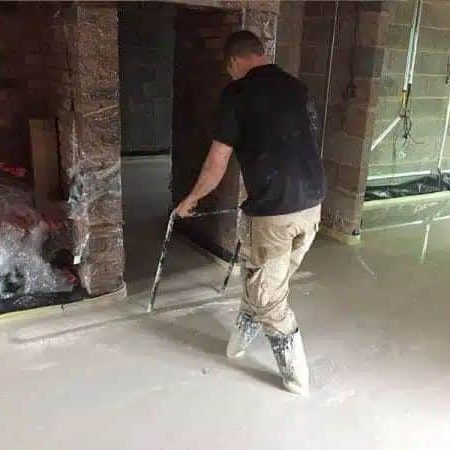
GM Floor Screeds are specialists in liquid & flow screed applications for both commercial and domestic properties and take pride in our range of products and level of service.
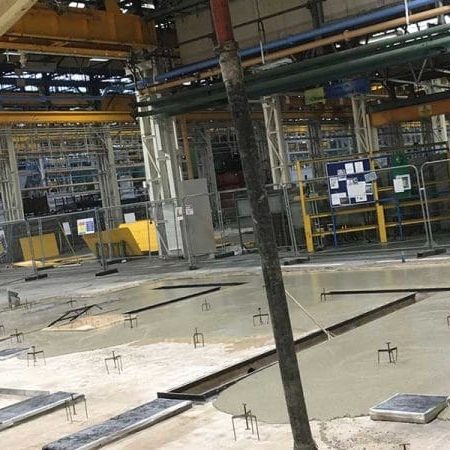
Sand and Cement screed has always been the traditional choice of flooring materials in the building industry. Installed using traditional methods of steel trowl and straight edges.
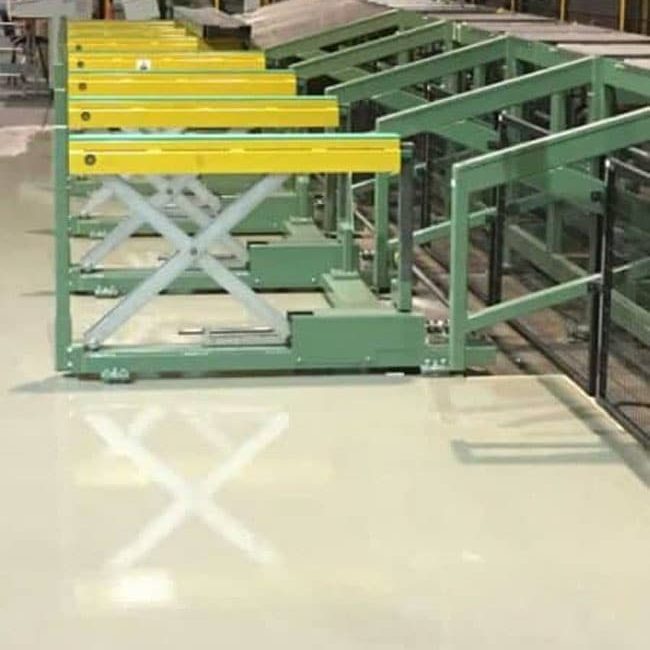
Thin Section Screeds are a single component, quick-hardening cement-based screeds for levelling and smoothing floors where rapid drying is essential. These products are best applied by trowel.
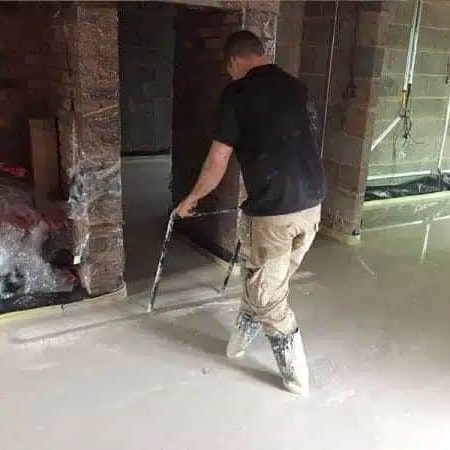
GM Floors offers a high quality surface finish in their concrete screeds to eliminate the use of power floated concrete on building sites. It can be applied to applications, slabs, structural toppings, oversites, domestic floors and commercial slabs.
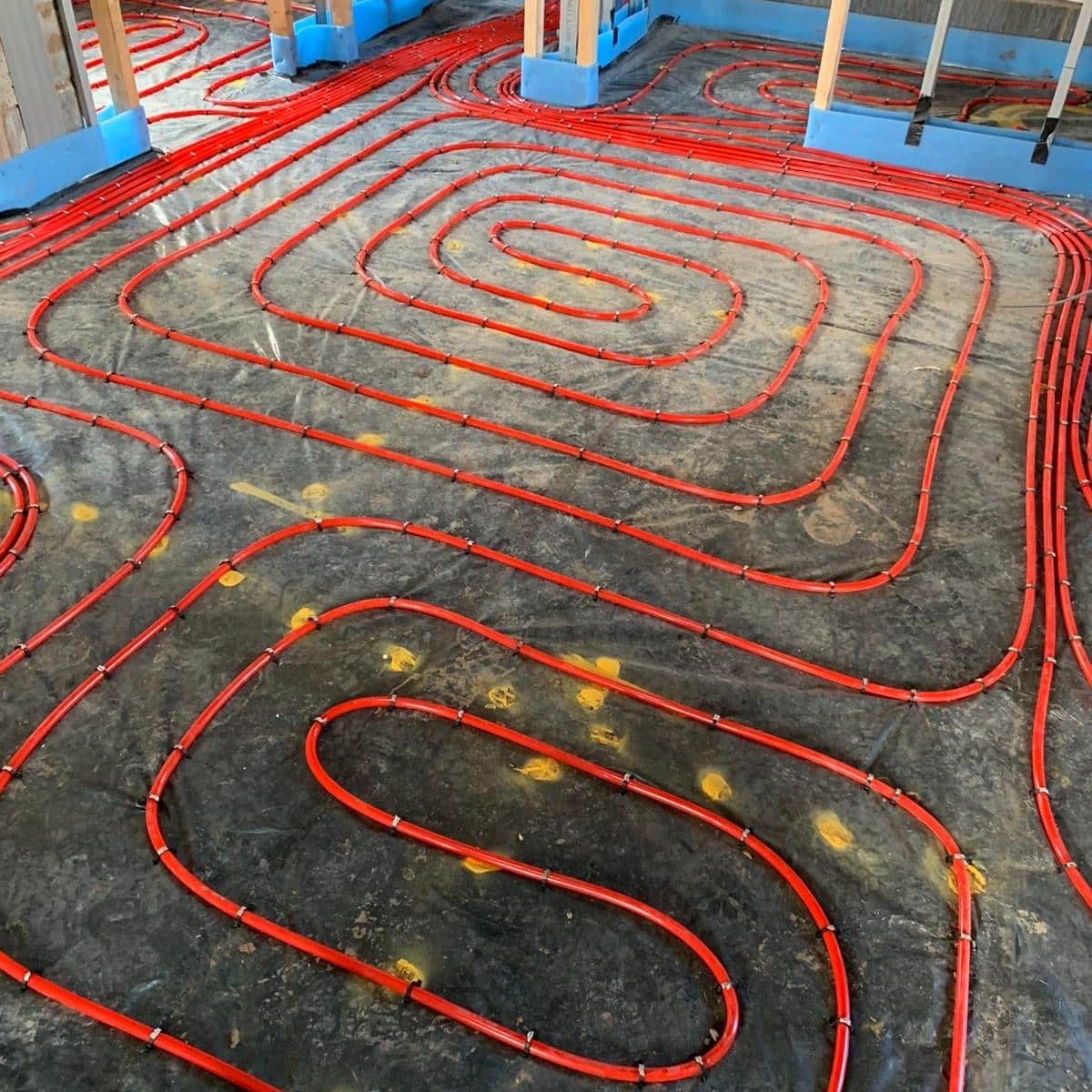
A good underfloor system delivers many benefits for homeowners in reduced energy and fuel costs as well as maintaining a comfortable temperature throughout the year.
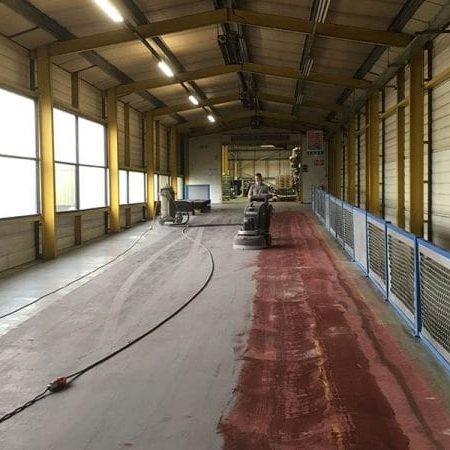
Floor preparation is a crucial part of any screed job (good preparation makes a good screed). This includes using various insulation depths to build levels of floors, and ensuring any pockets, air holes and edges are fully sealed before when the screed goes down.
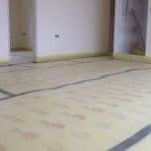
Acoustic flooring solutions can help reduce the level of sound that travels through a floor.
GM Floor Screeds install insulation and acoustic floors to approved specifications known as Robust Detail or Pre Completion testing. This is a specification that tests the transfer of sound before the floor is installed.
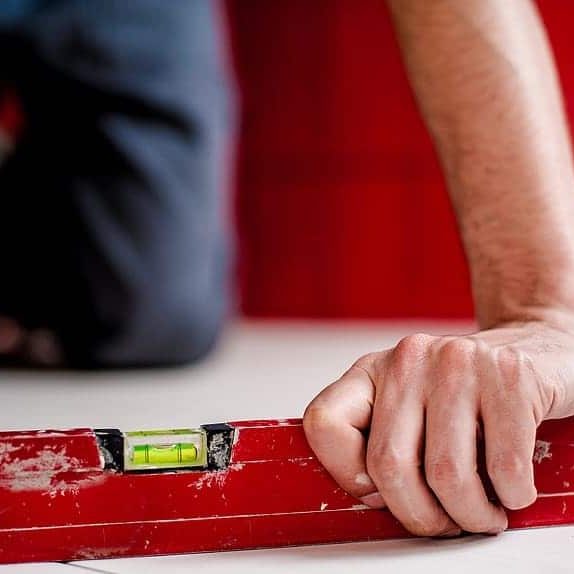
To ensure our customers can get the most out of their floors, GM Floor Screeds would always prefer to perform a Level Survey on the floor area, allowing us to maximise the insulation values, helping keeping costs of screed materials down and help achieve maximum thermal values within properties.
